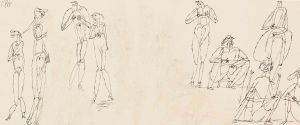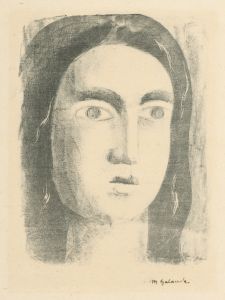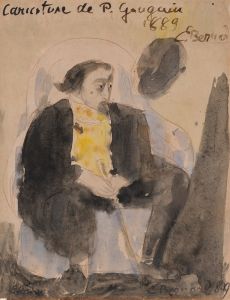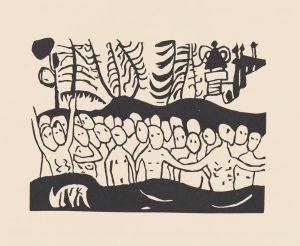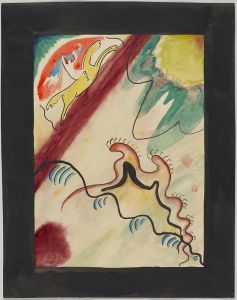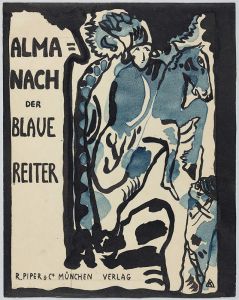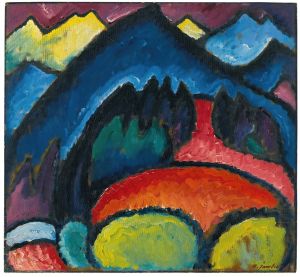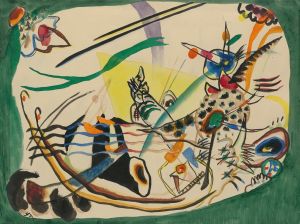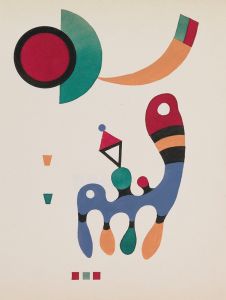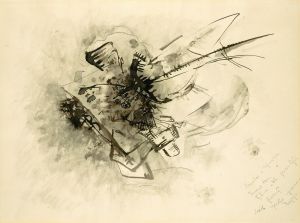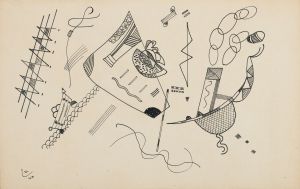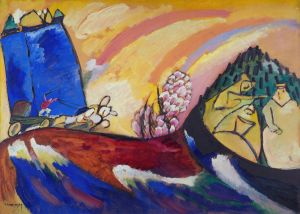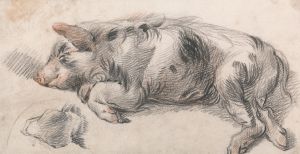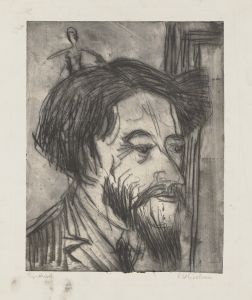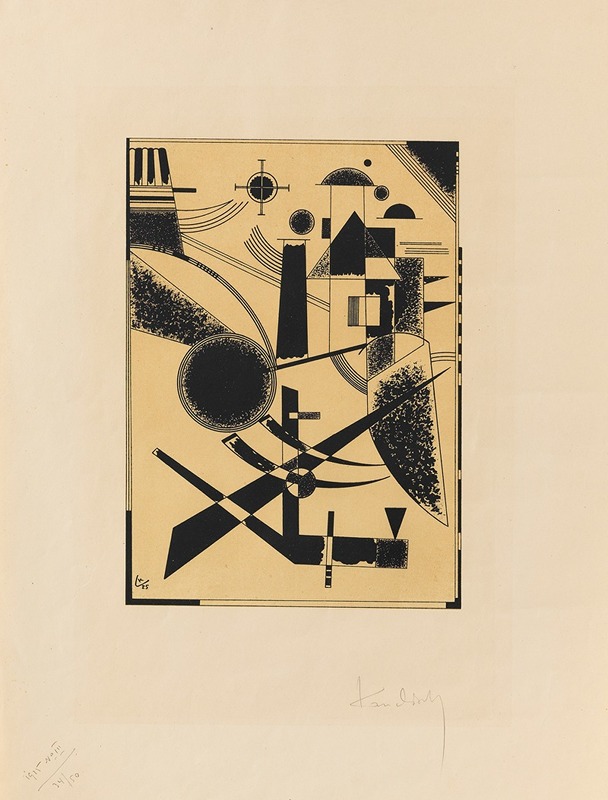
Lithographie No. III
A hand-painted replica of Wassily Kandinsky’s masterpiece Lithographie No. III, meticulously crafted by professional artists to capture the true essence of the original. Each piece is created with museum-quality canvas and rare mineral pigments, carefully painted by experienced artists with delicate brushstrokes and rich, layered colors to perfectly recreate the texture of the original artwork. Unlike machine-printed reproductions, this hand-painted version brings the painting to life, infused with the artist’s emotions and skill in every stroke. Whether for personal collection or home decoration, it instantly elevates the artistic atmosphere of any space.
"Lithographie No. III" is a work by the Russian painter and art theorist Wassily Kandinsky, who is often credited with painting one of the first purely abstract works. Kandinsky was a pivotal figure in the development of abstract art and a founding member of the Blue Rider (Der Blaue Reiter) movement, which was part of the broader Expressionist movement in early 20th-century Germany.
Created in 1922, "Lithographie No. III" is one of Kandinsky's lithographic works. Lithography is a printing process that involves creating an image on a flat stone or metal plate with a greasy substance, then using that plate to transfer the image onto paper. This technique allows for the production of multiple copies of the same artwork, making it an important medium for artists who wish to disseminate their work more widely.
Kandinsky's work during this period is characterized by a shift from the more fluid, organic forms of his earlier compositions to a more geometric and structured approach. This transition is evident in "Lithographie No. III," which features a composition of intersecting lines, shapes, and colors that create a dynamic sense of movement and balance. The use of geometric forms and a more controlled composition reflects Kandinsky's interest in the relationship between art and music, as well as his belief in the spiritual and emotional power of abstract forms.
In "Lithographie No. III," Kandinsky employs a limited color palette, which is typical of his lithographic works. The precise arrangement of shapes and lines suggests a careful consideration of the interplay between form and color, a hallmark of Kandinsky's mature style. The work exemplifies his theoretical ideas about the connection between visual art and music, particularly his concept of "synesthesia," where colors and shapes are associated with specific musical tones and emotions.
Kandinsky's influence on the development of abstract art cannot be overstated. His theoretical writings, such as "Concerning the Spiritual in Art" (1911), laid the groundwork for many of the abstract art movements that followed. His work in the Bauhaus, where he taught from 1922 until the school's closure in 1933, further solidified his role as a key figure in modern art. At the Bauhaus, Kandinsky continued to explore the connections between art, design, and architecture, influencing a generation of artists and designers.
"Lithographie No. III" is a testament to Kandinsky's innovative approach to art-making and his commitment to exploring the spiritual and emotional dimensions of abstract forms. It remains an important example of his lithographic work and a significant piece in the history of abstract art. The work is held in various collections and continues to be studied and appreciated for its contribution to the evolution of modern art.
In summary, "Lithographie No. III" by Wassily Kandinsky is a notable example of his lithographic work from the early 1920s, reflecting his transition to a more geometric and structured style. The piece exemplifies his theoretical ideas about the relationship between art and music and remains an important work in the history of abstract art.





